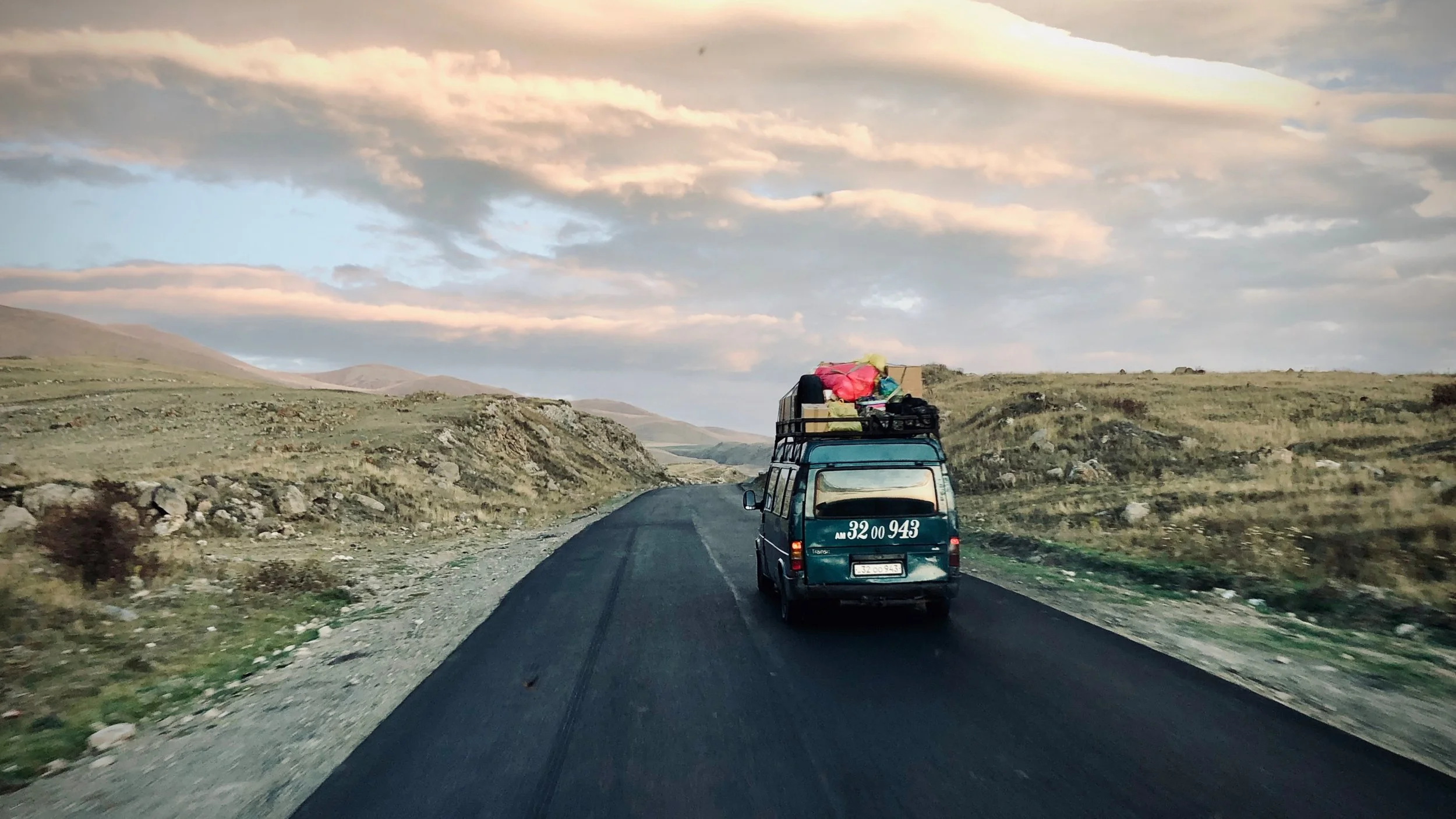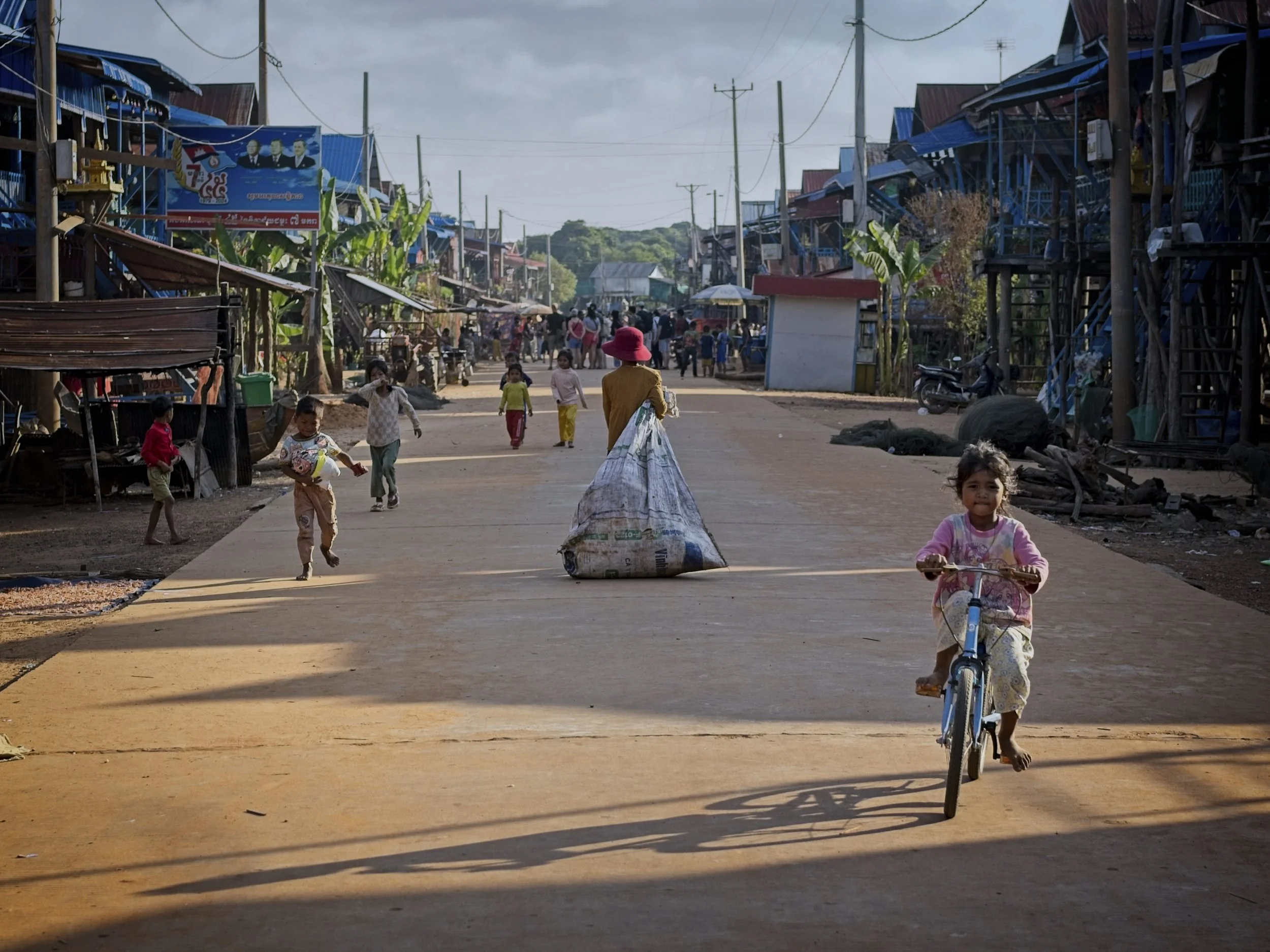Traveling is not just about traveling..
It’s a way to immerse yourself in a world that’s different from your own—often surprising, sometimes hard to grasp, but always rich in meaning. We need both small and big journeys. Through them, we learn to see more clearly, feel more deeply, and listen differently. Travel shapes our sensitivity, perception, and tolerance—because the world is never one-dimensional.
"The real voyage of discovery consists not in seeking new landscapes, but in having new eyes."
— Marcel Proust
It’s not just about the places. It’s about encounters. About questions with no easy answers. About stories that stay with us.
Welcome to the world I’ve seen—and would love to share with you.
Hajastan
In just four days, I explored Armenia’s rich contrasts — from modern Yerevan to remote monasteries like Tatev and Khor Virap. Along bumpy roads and ancient paths, I encountered deep-rooted spirituality, pride in tradition, and breathtaking nature. Guided by Roland, a passionate historian, this brief journey revealed how strongly Armenian identity endures — blending past and present under the ever-present gaze of Mount Ararat.
Armenia, October 2019
Four days on a bus isn’t enough to truly get to know any country. But with a bit of attentiveness and openness, it’s enough to notice deeper truths – such as respect for tradition and family, devotion to God, pride in a difficult past, and a love for nature, which we, people of the West, often sacrifice in pursuit of a “better life.”
In the shadow of Mount Ararat, history, legend, and faith intertwine — all still deeply rooted in the hearts of Noah’s descendants. I didn’t expect to encounter so many contrasts — spiritual, historical, and social — in such a short time.
My journey began in the capital, Yerevan — a city founded nearly 2,800 years ago.
Yet it’s not the ancient buildings but rather the modern cityscape that dominates the view. Highlights include the Cafesjian Cascade complex dedicated to contemporary art, Republic Square, and the Mother Armenia monument.
You can feel the fading breath of communism here, and the traces it left behind are still visible in architecture, fashion, and in the mindset of people for whom material status must be displayed — whether in a G-Wagen or a Lada Niva...
Coming from the Eastern Bloc myself, this felt more like a return to childhood than a surprise — more nostalgic than shocking.
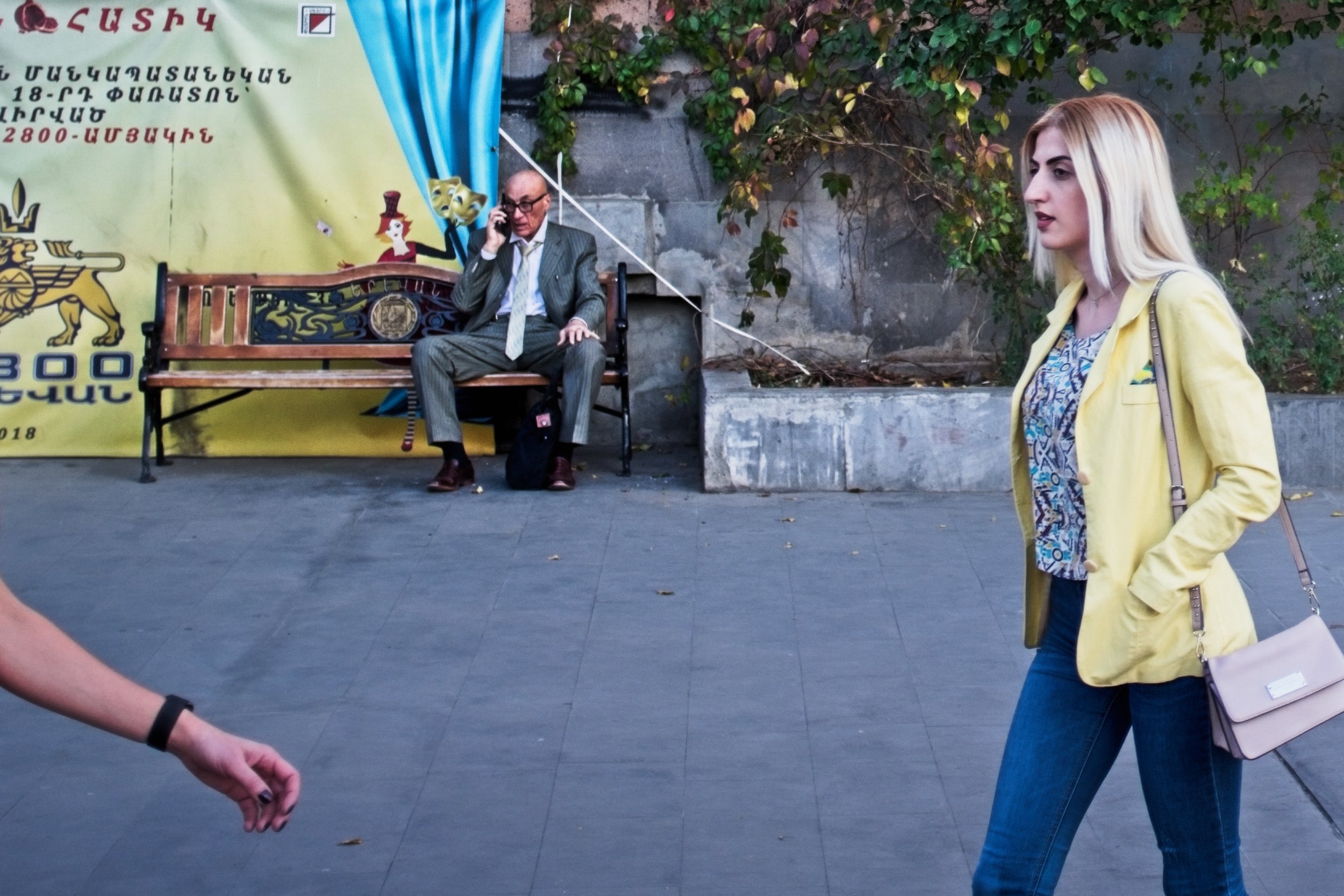
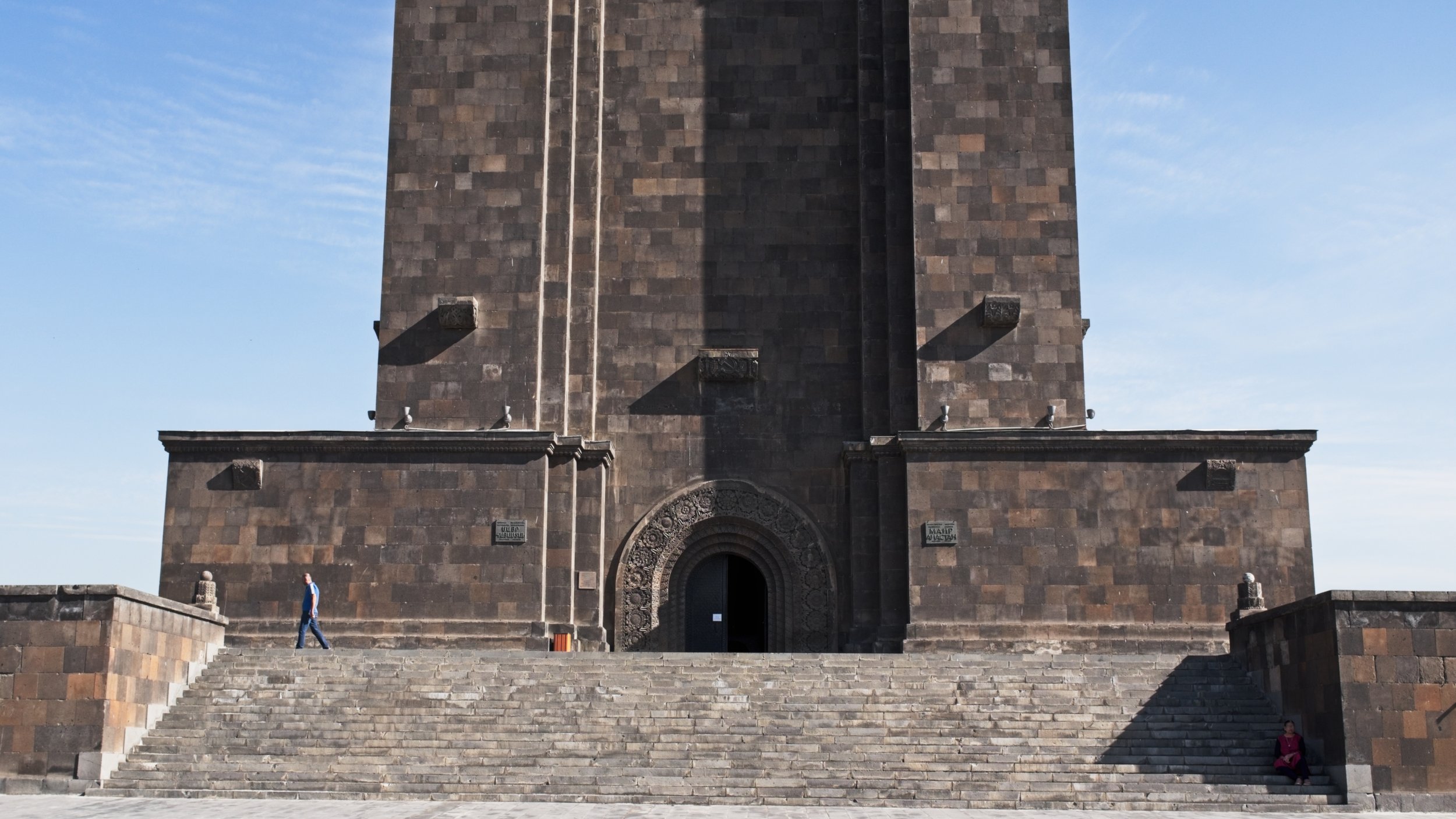
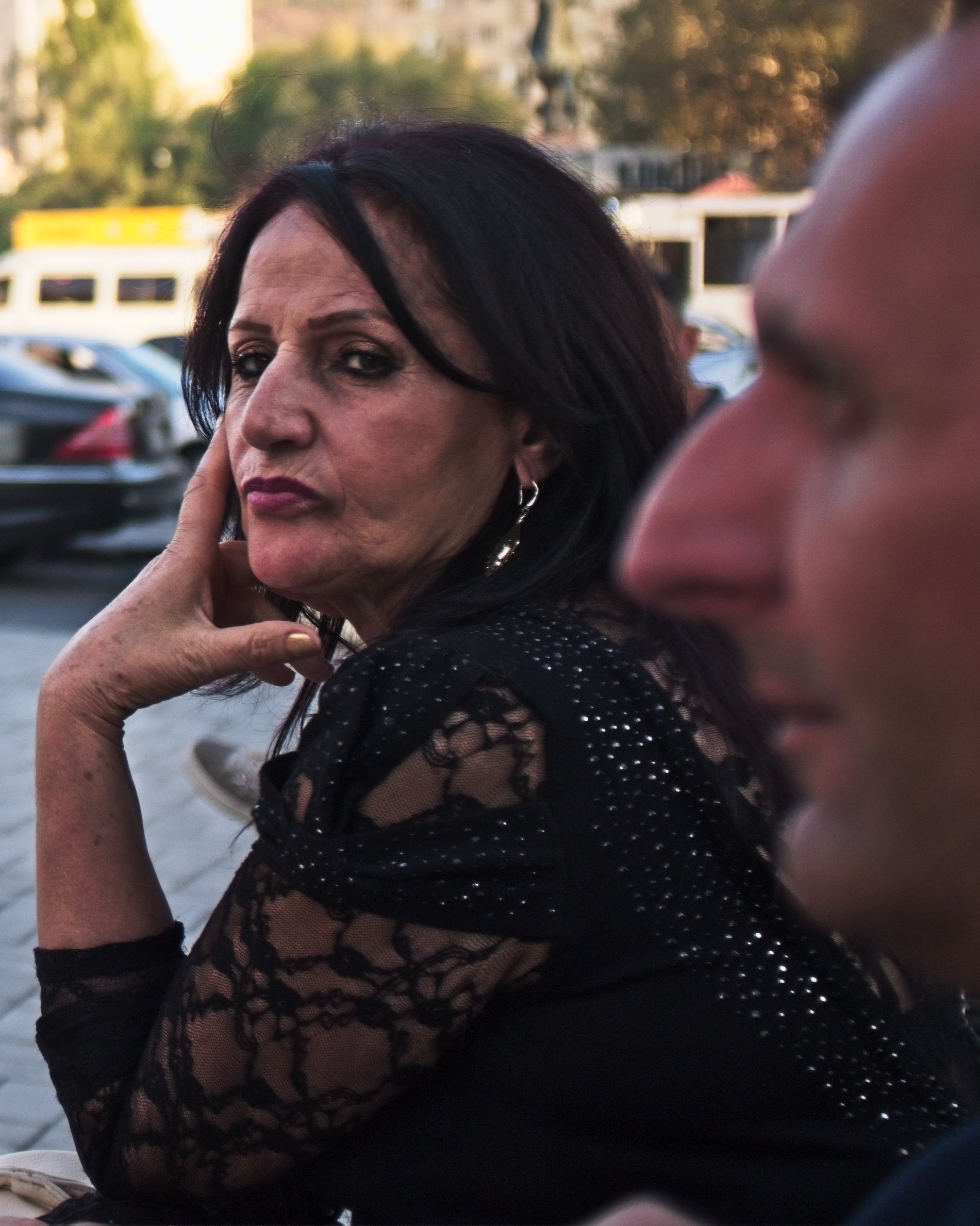
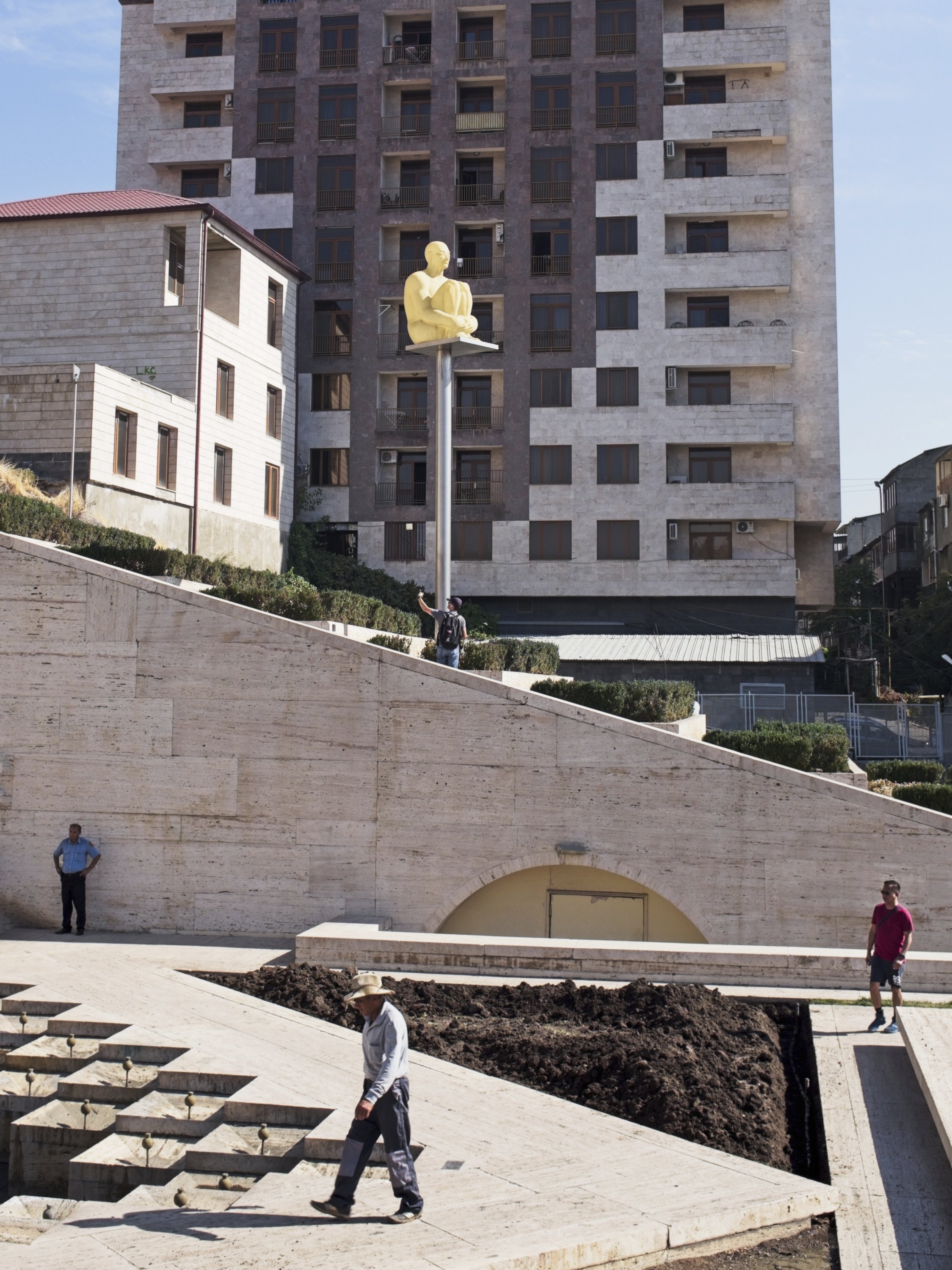
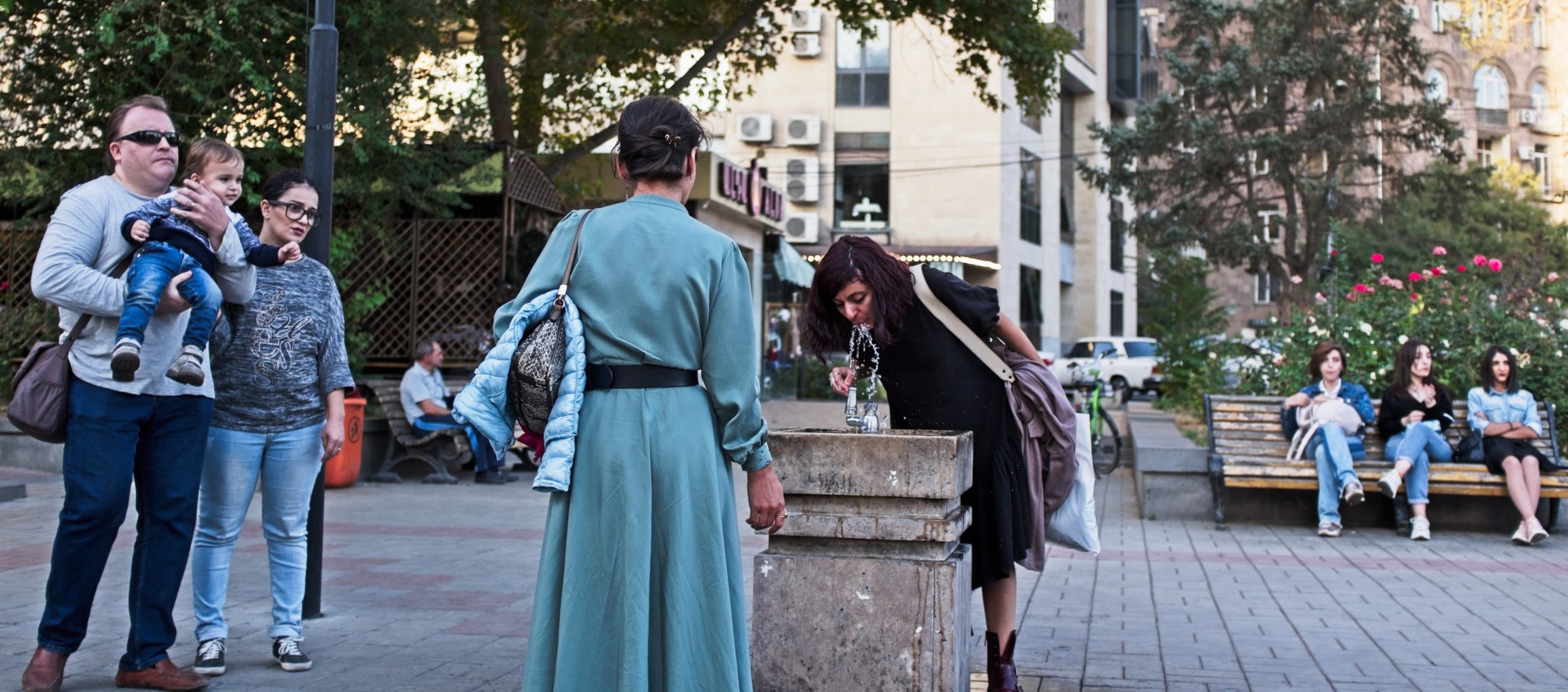
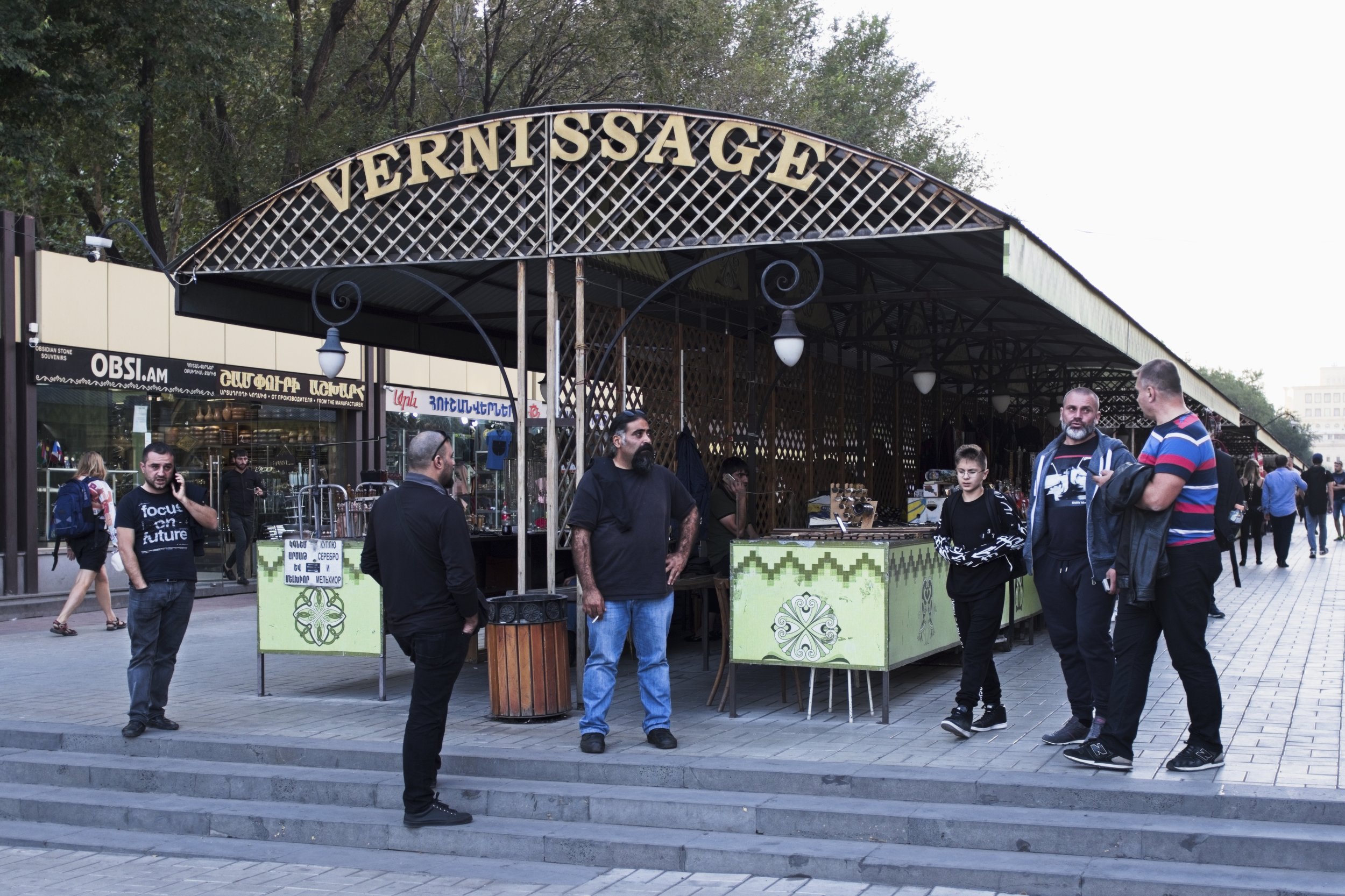
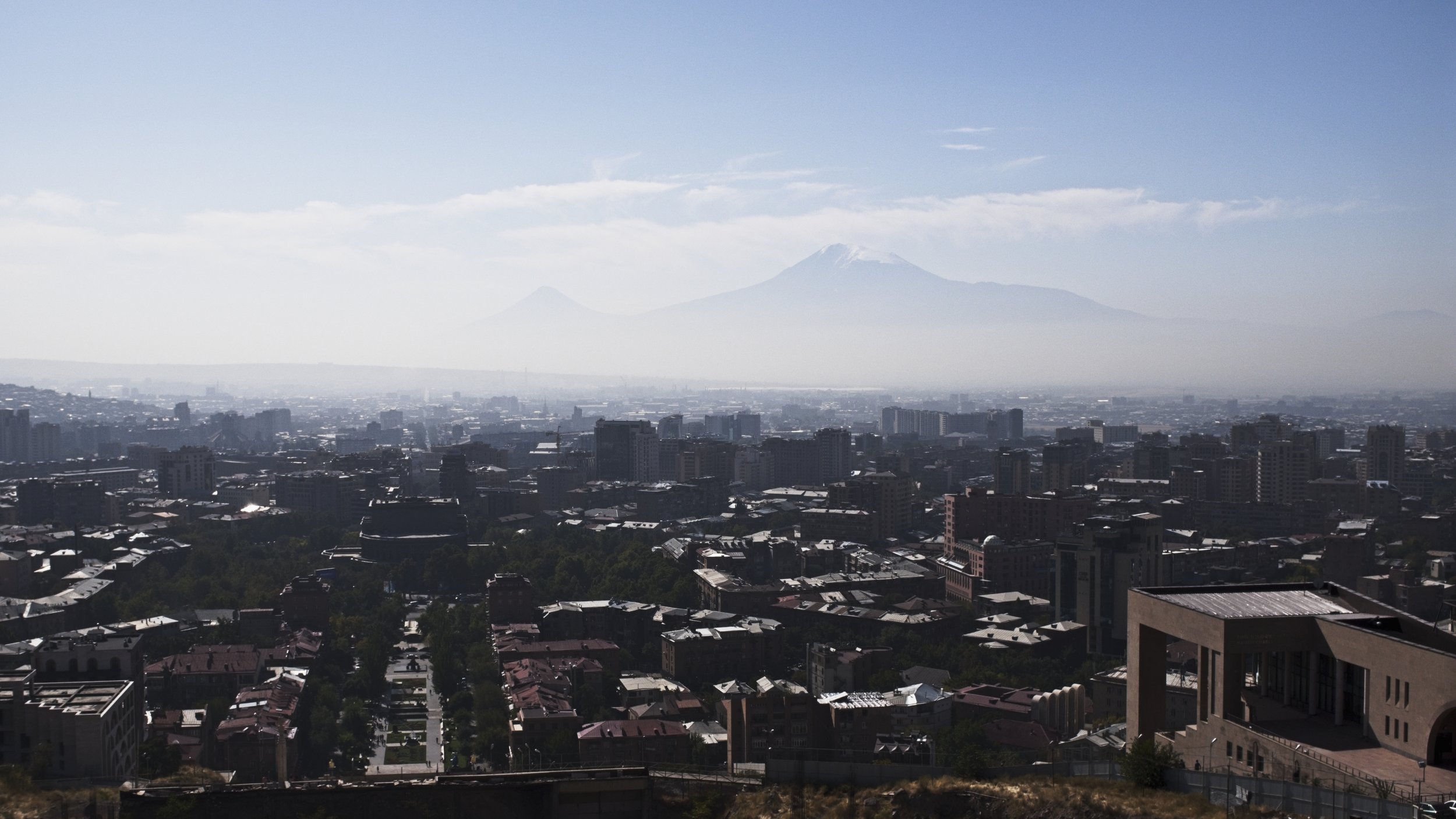
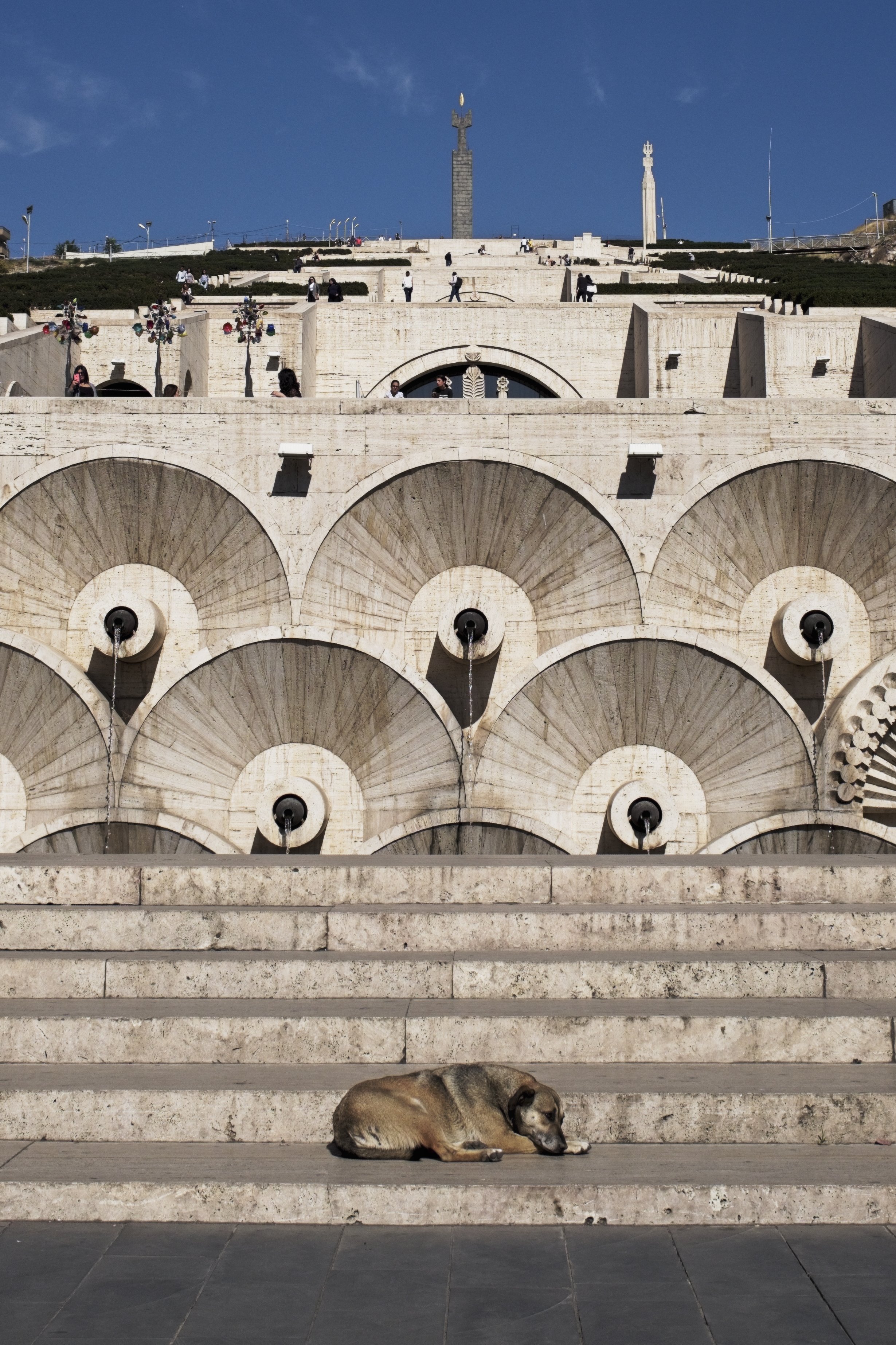
Though Armenia is small, it has so much to offer - breathtaking landscapes, a genuinely traditional countryside, and of course — ever-present monasteries.
We boarded the bus sluggishly and covered short distances on bumpy roads. Time seemed to move more slowly here — as if it mattered more than space.
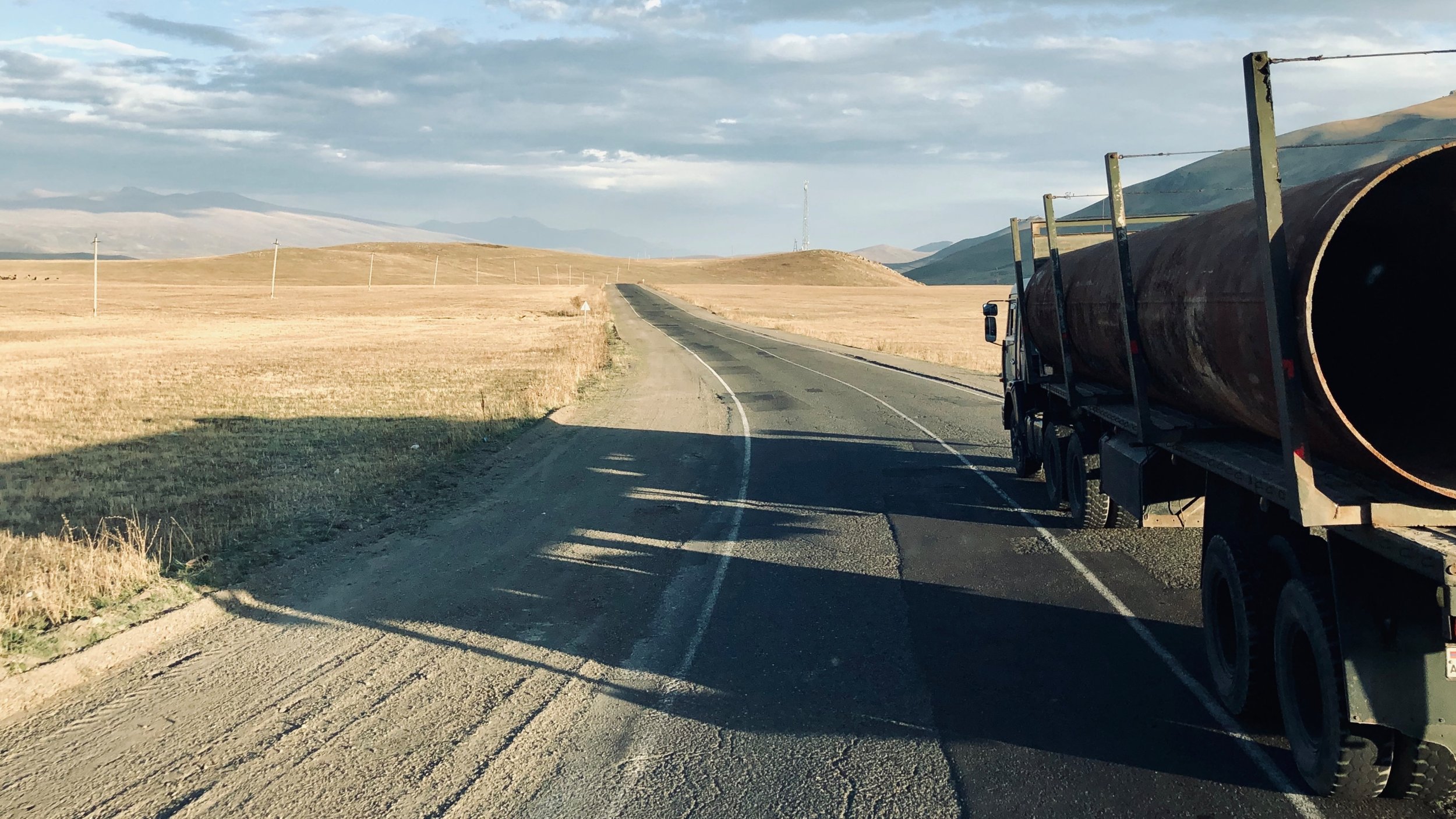
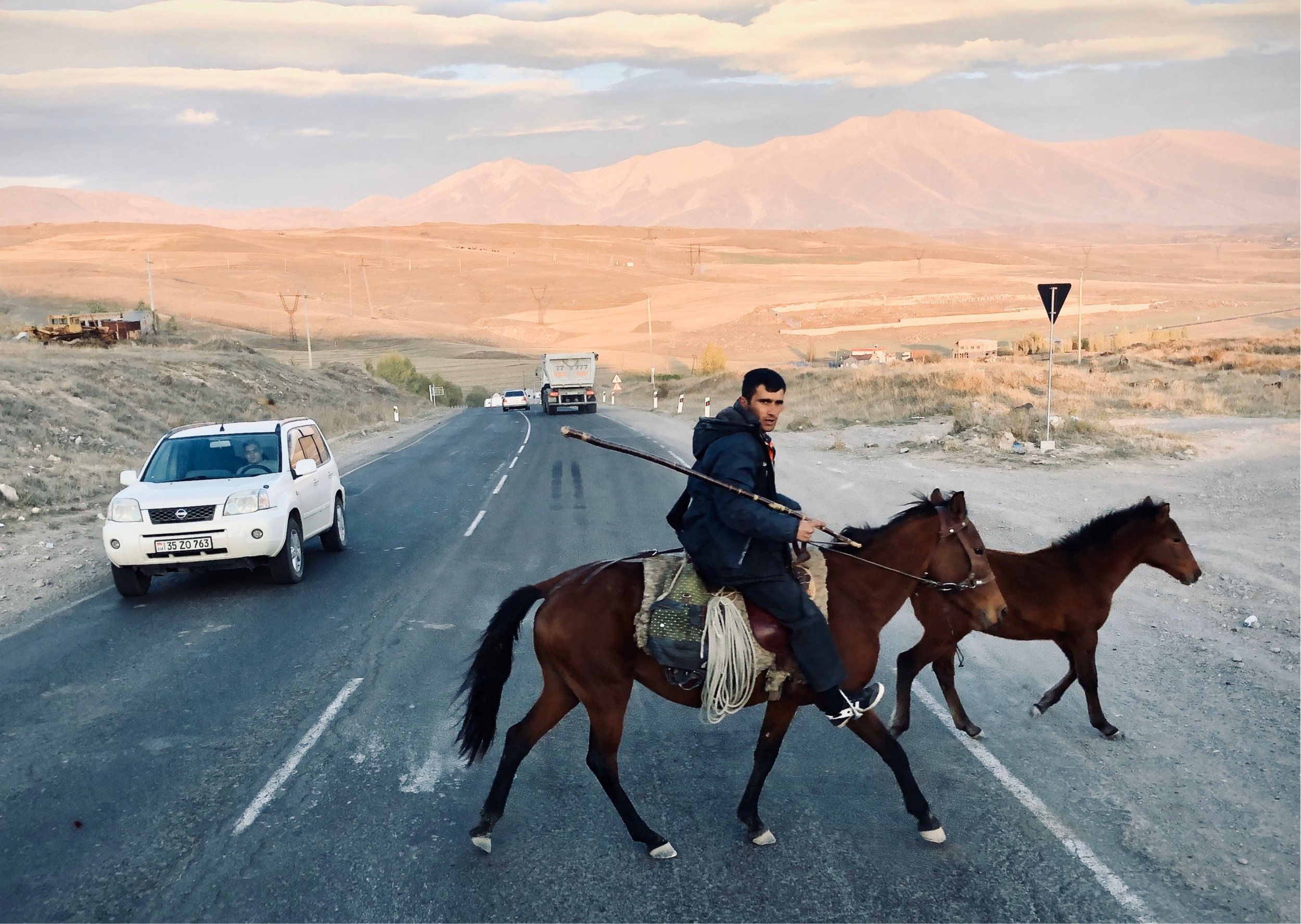
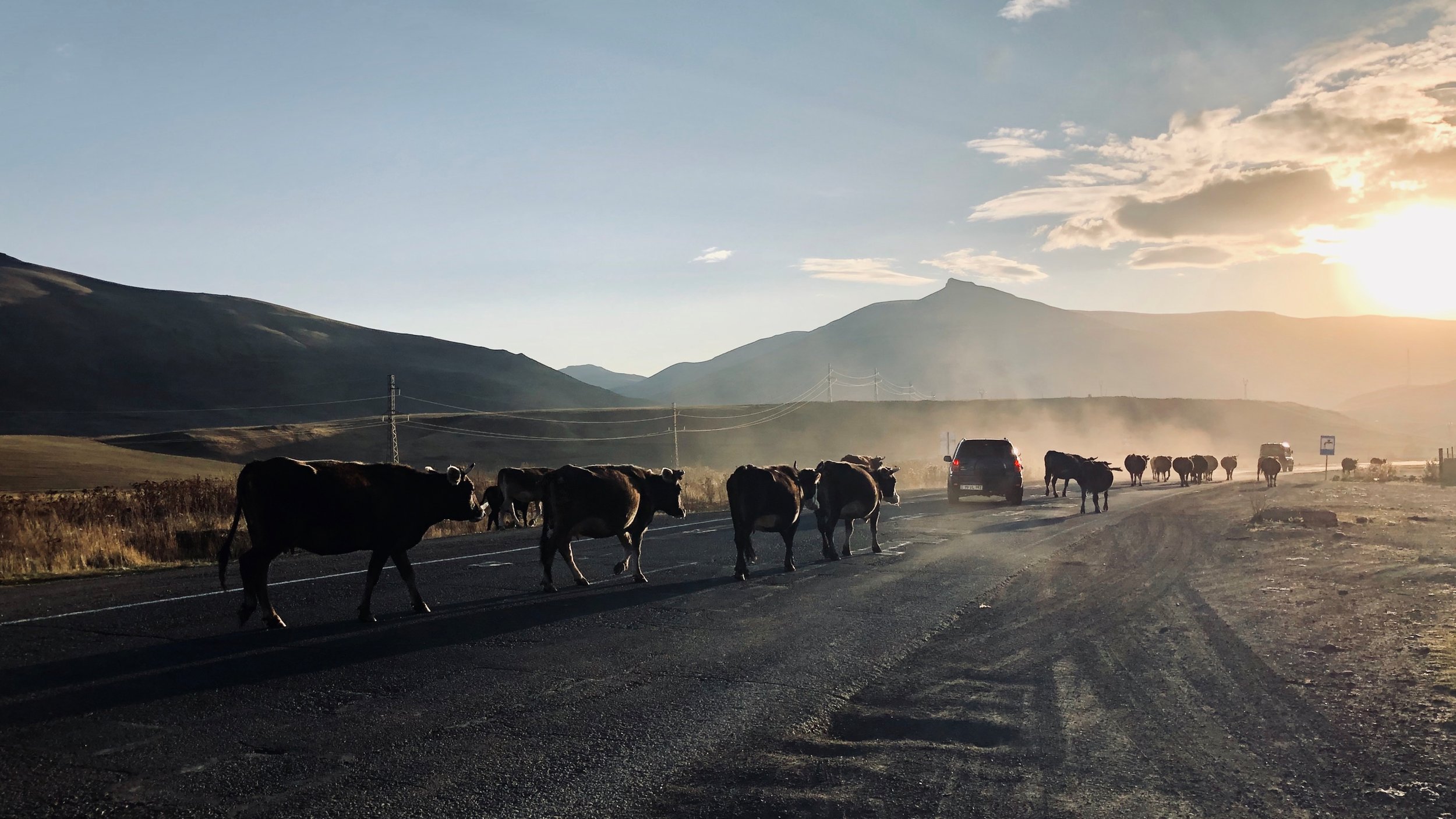
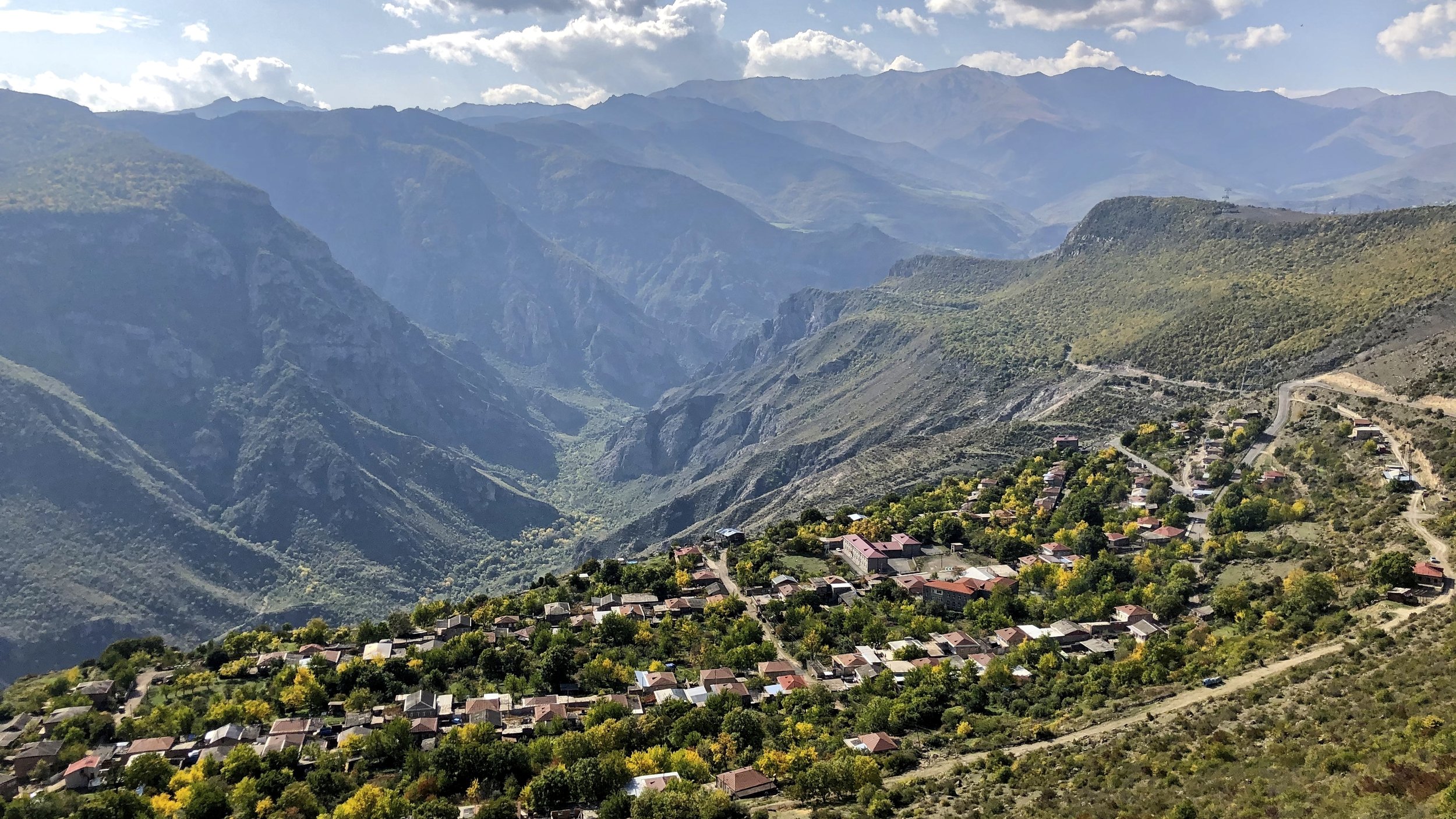
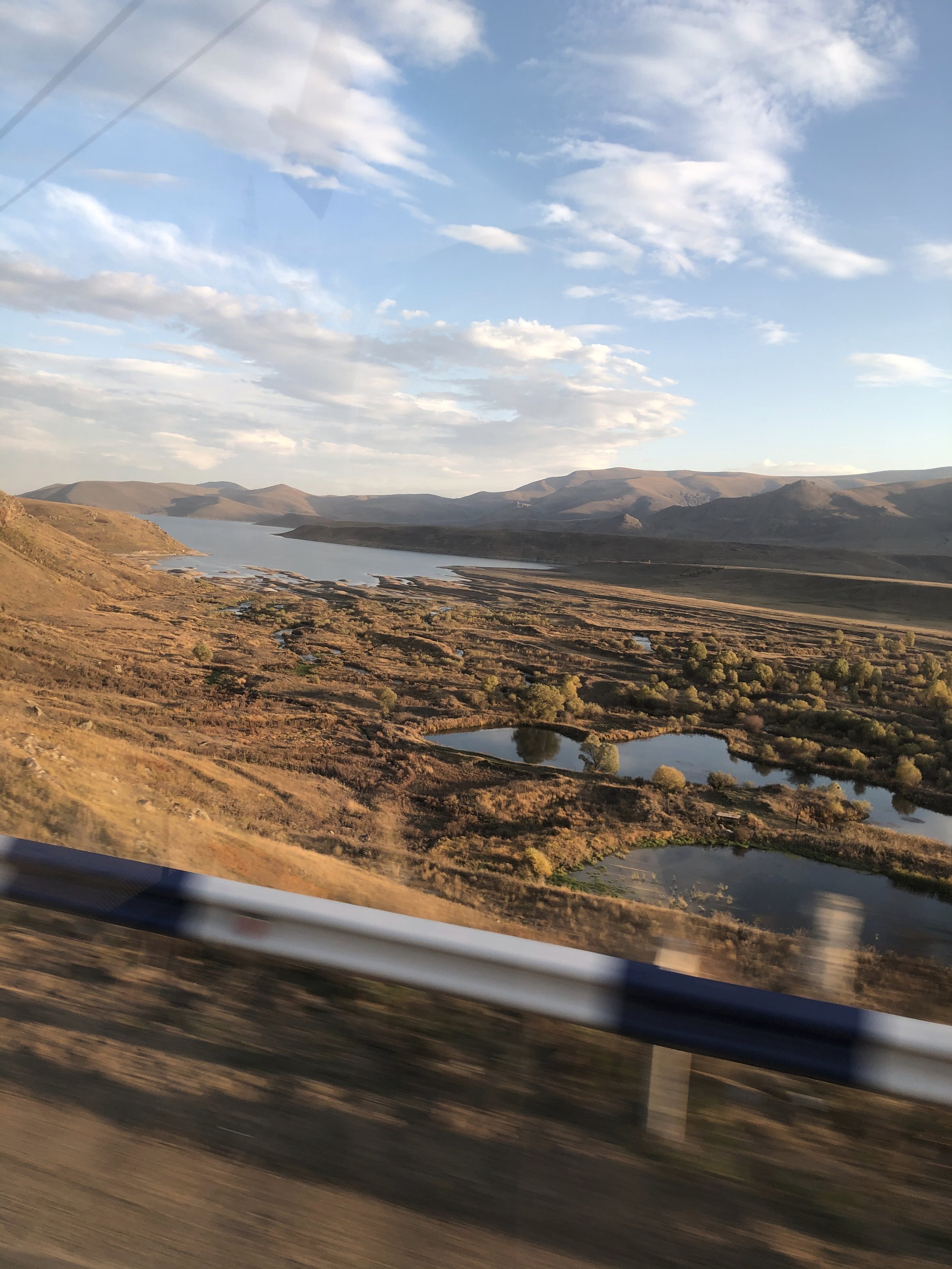
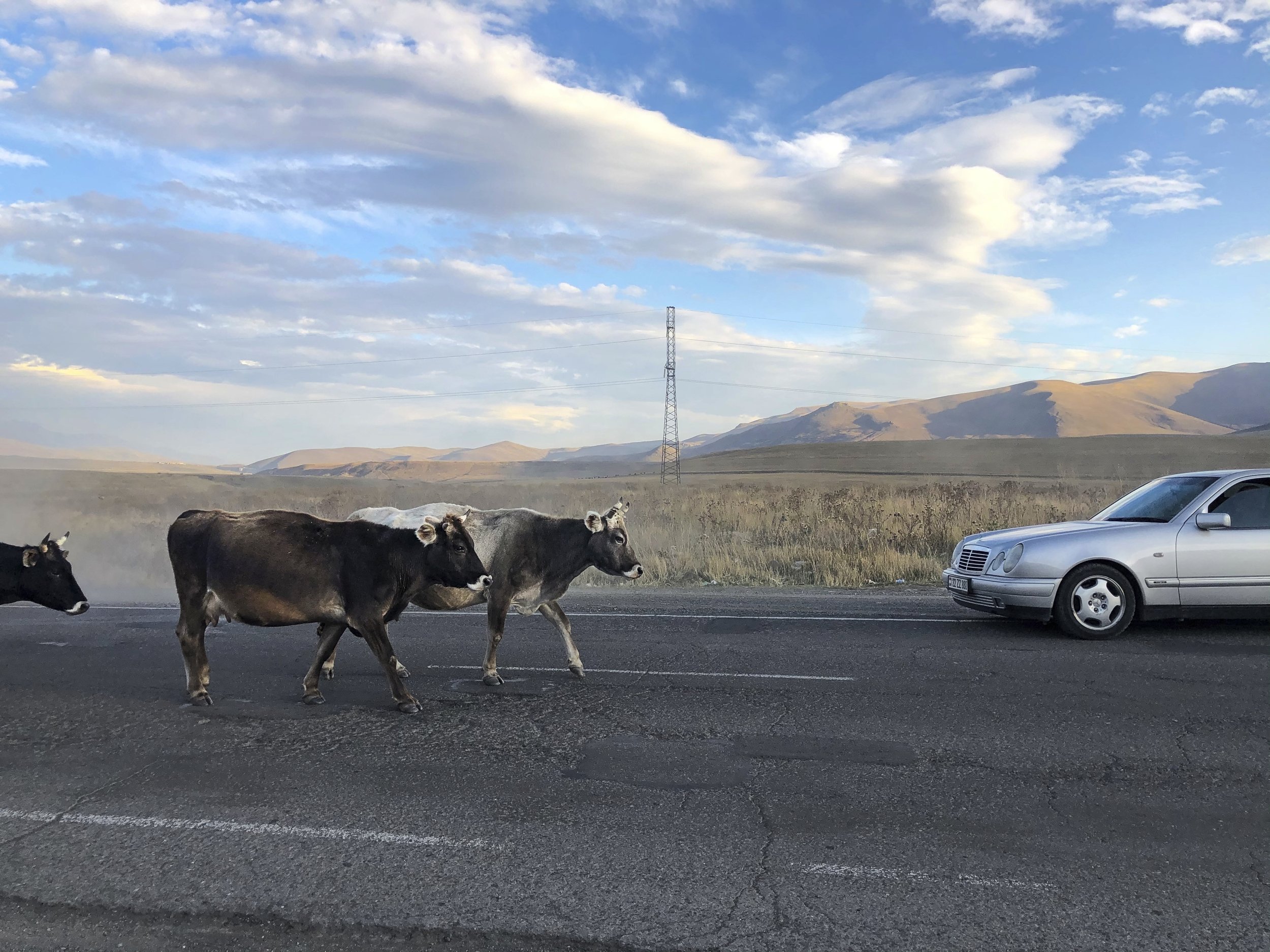
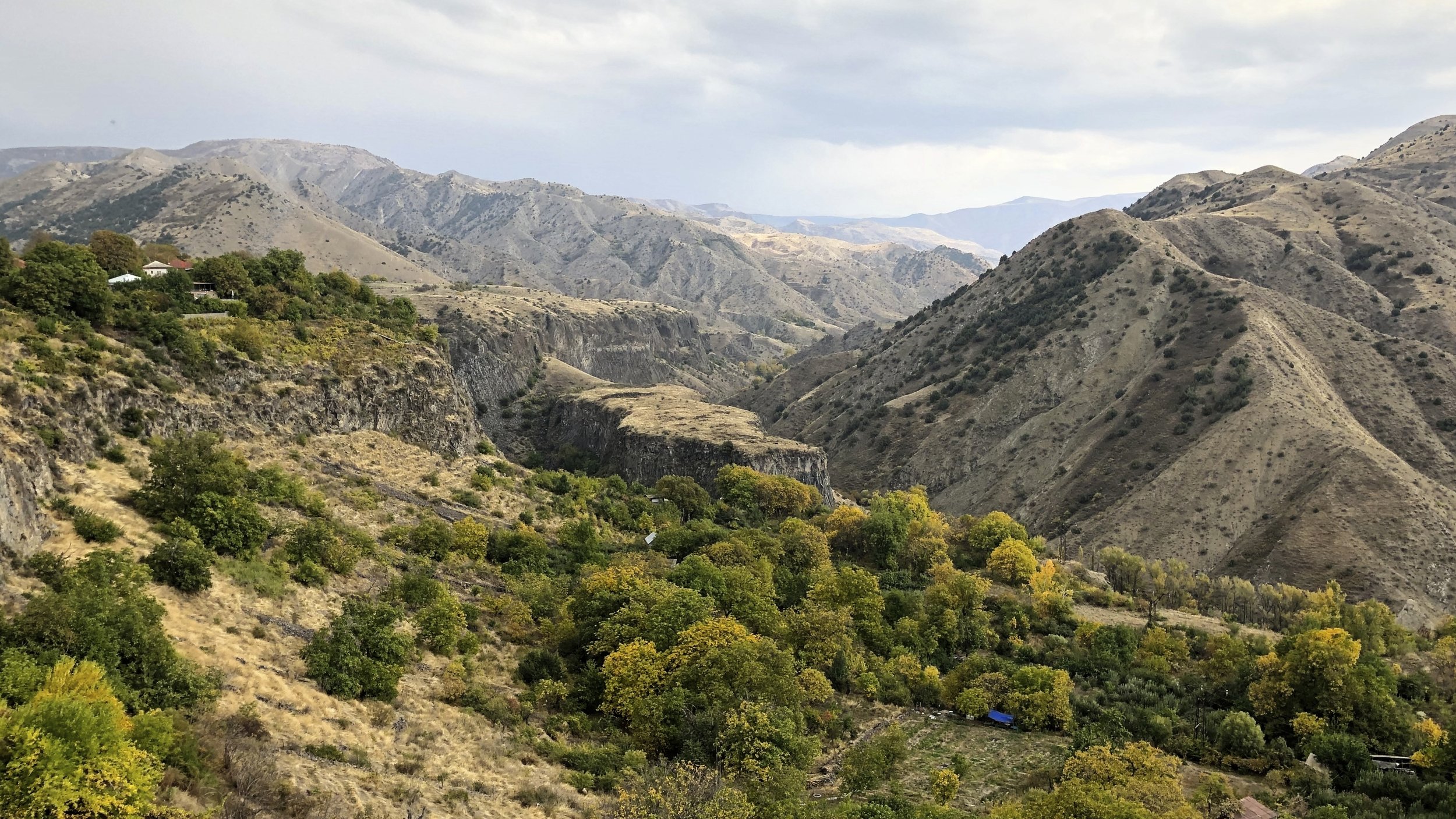
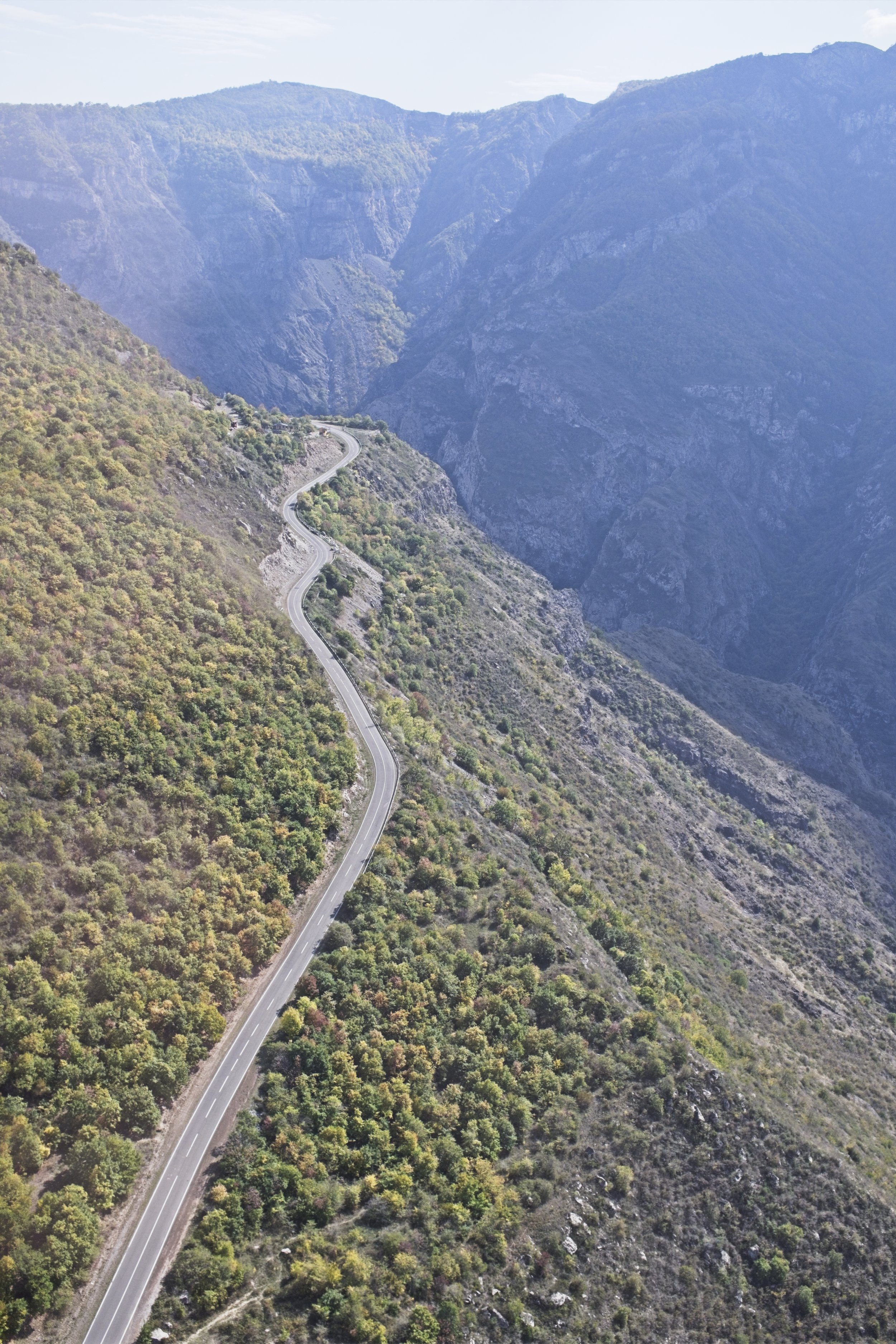
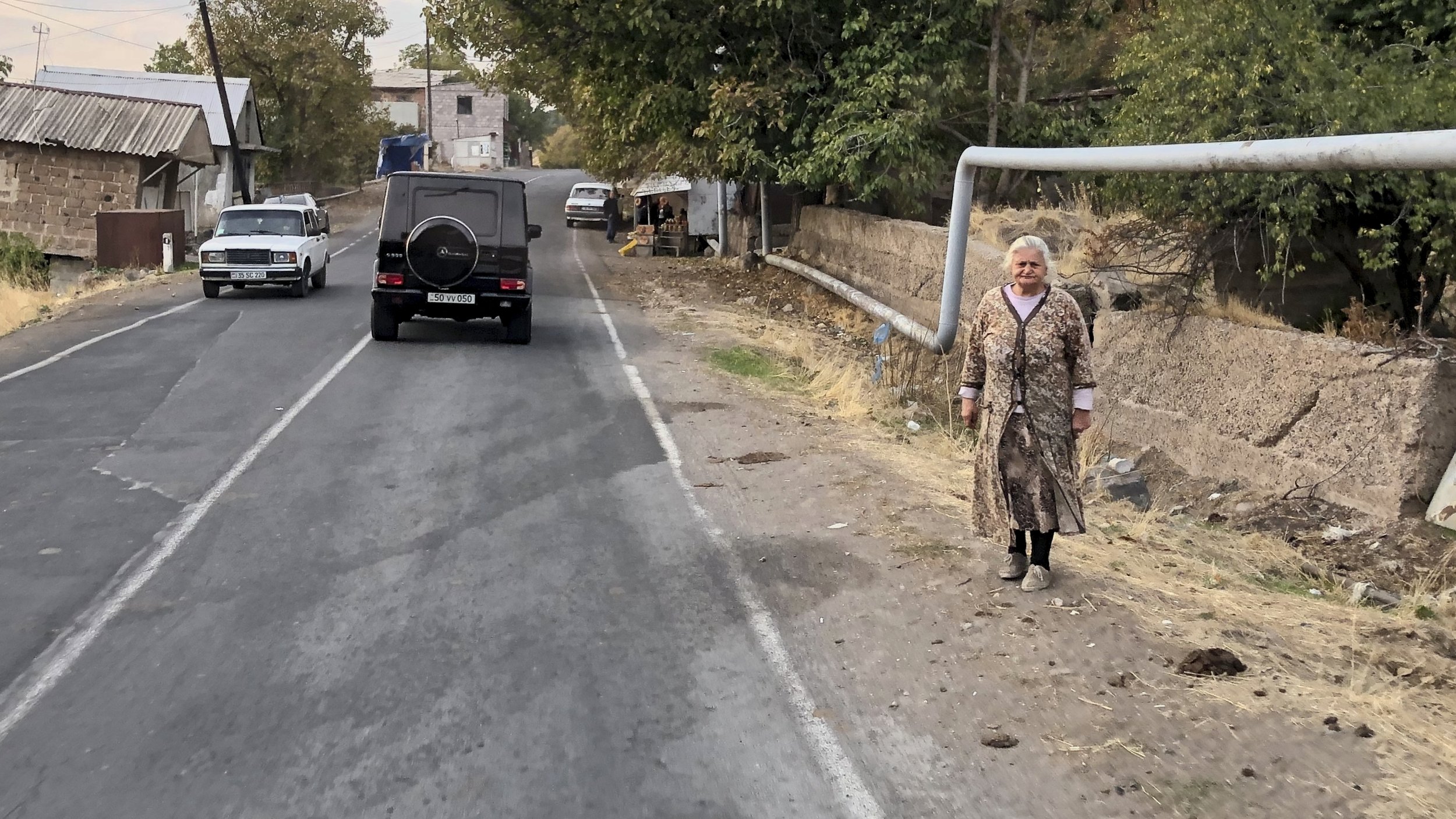
Along the way, we stopped at sacred sites like Tatev, Sevanavank, Noravank, Geghardavank, and the famous Khor Virap — where Christianity began for Armenia. Here, the reverence for religion and pride in Armenia’s role in Church history can be felt at every turn. Each place has its own powerful story — and its own vendors.
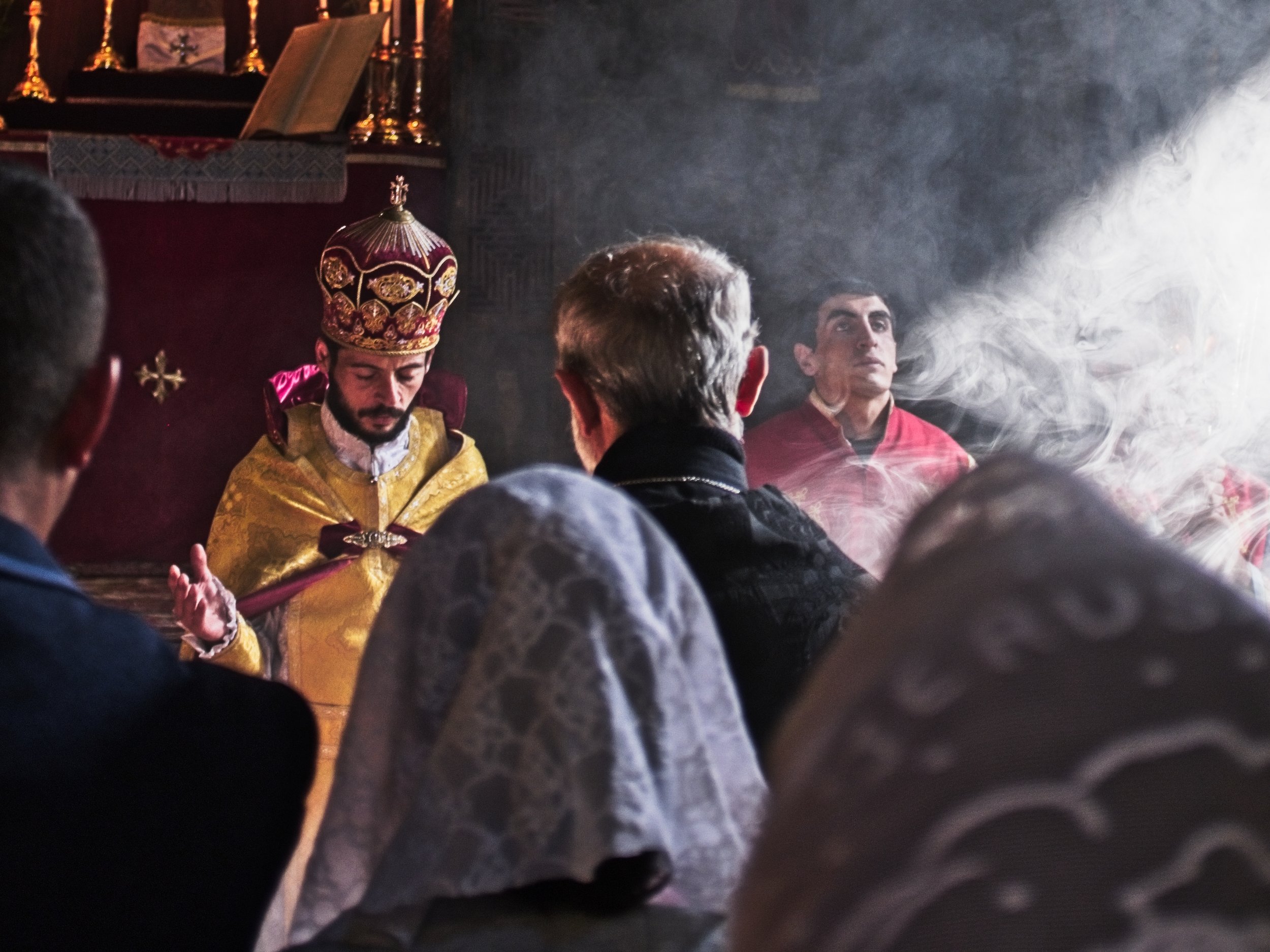

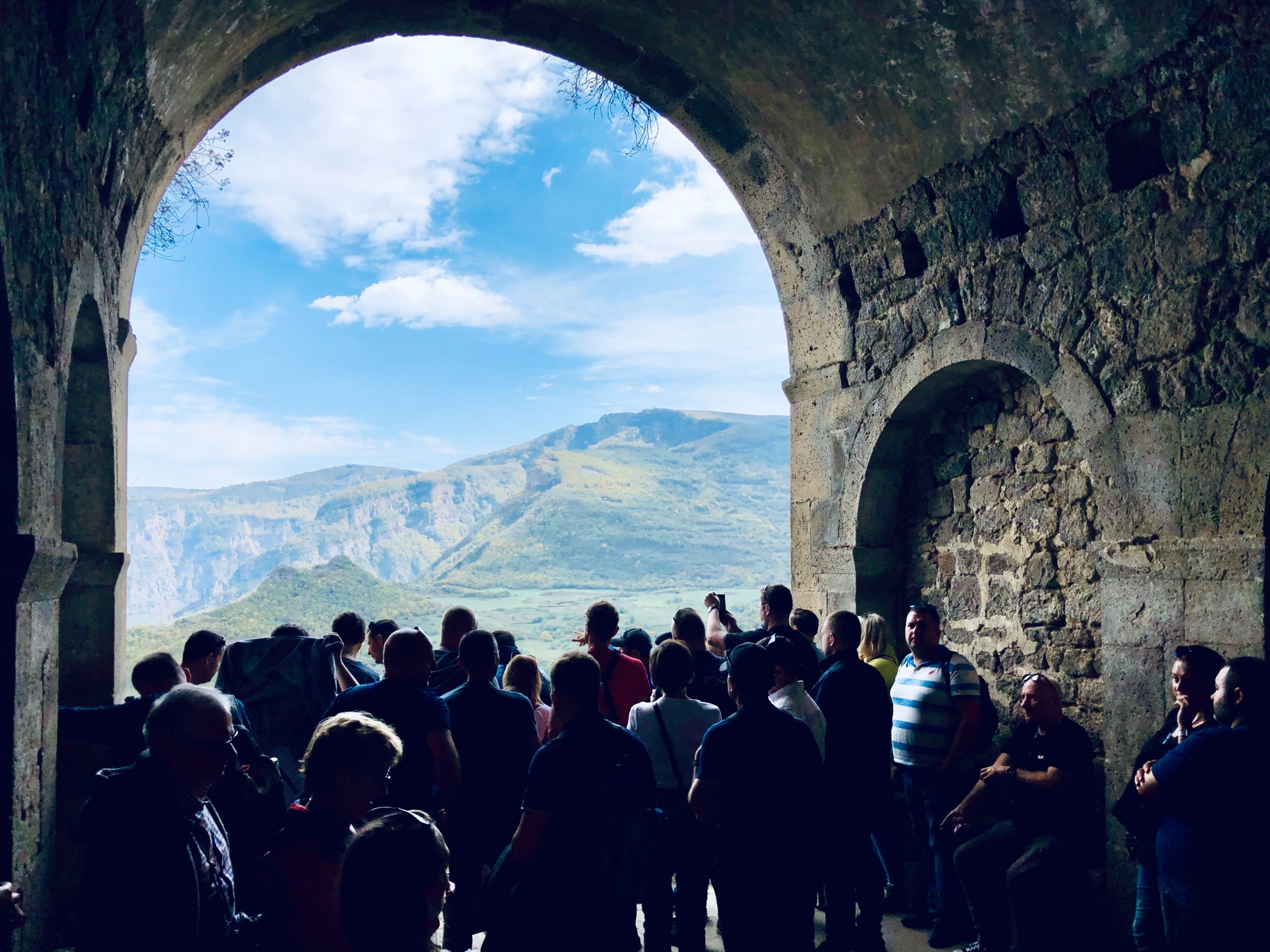

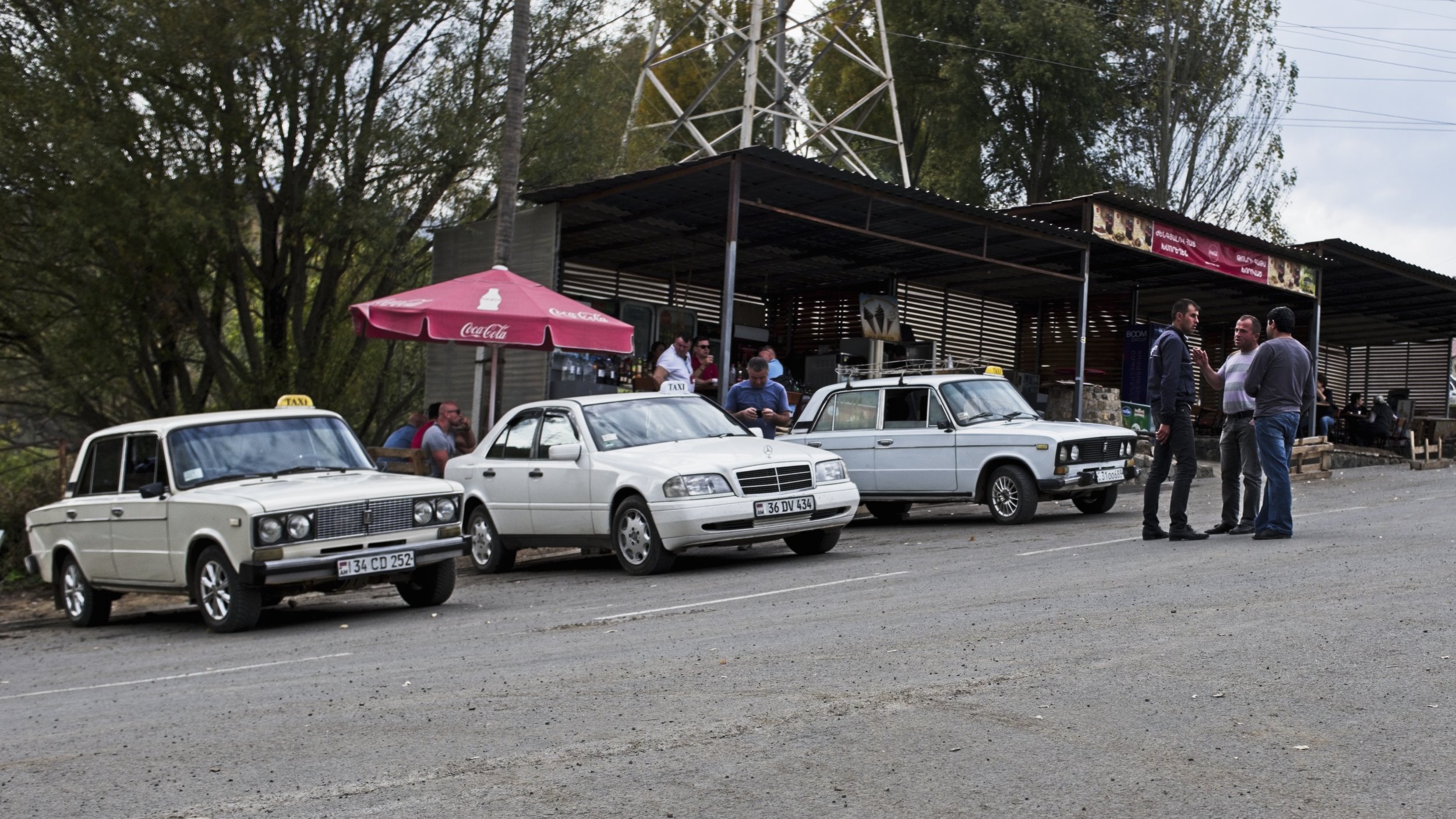
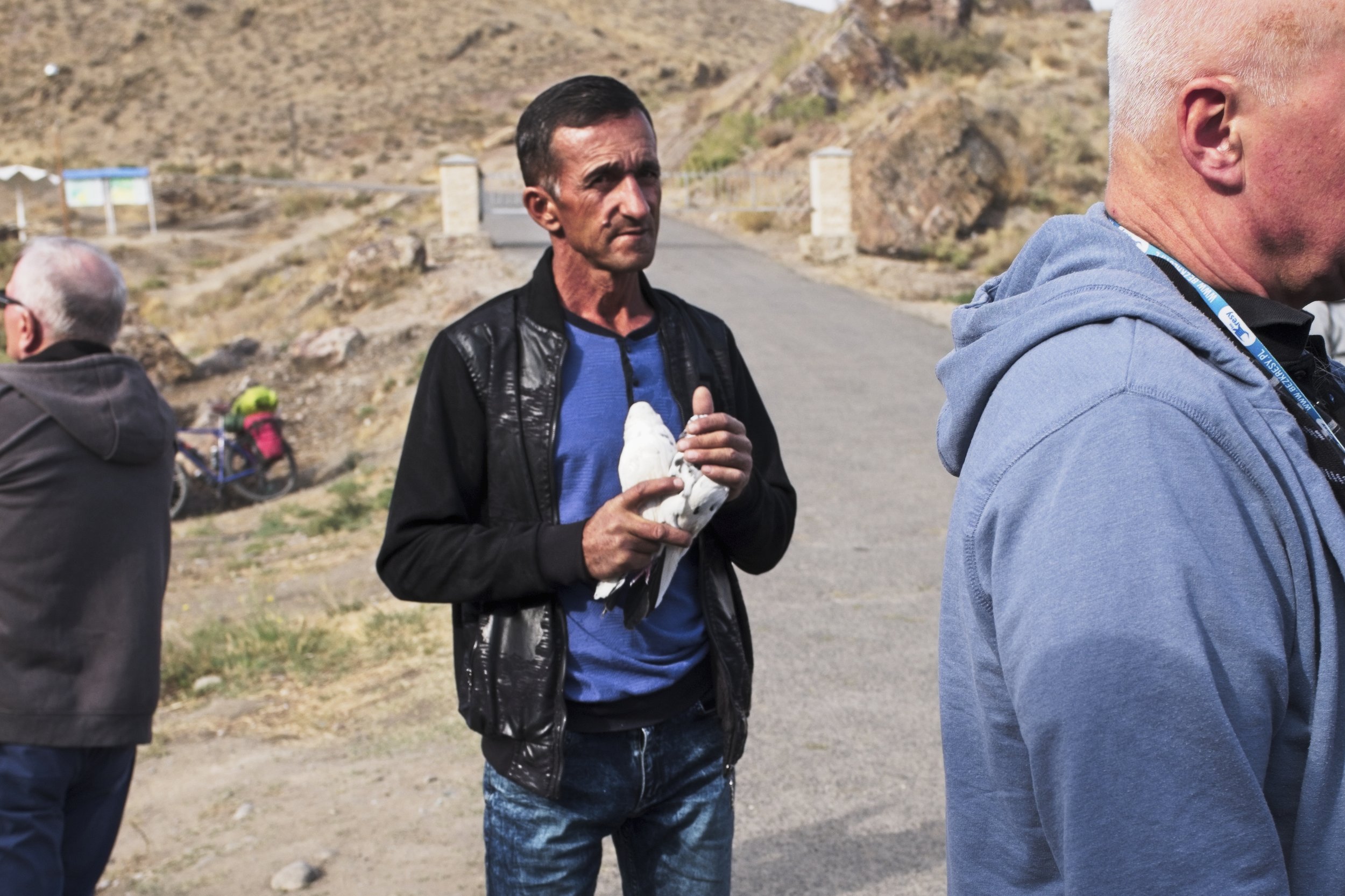
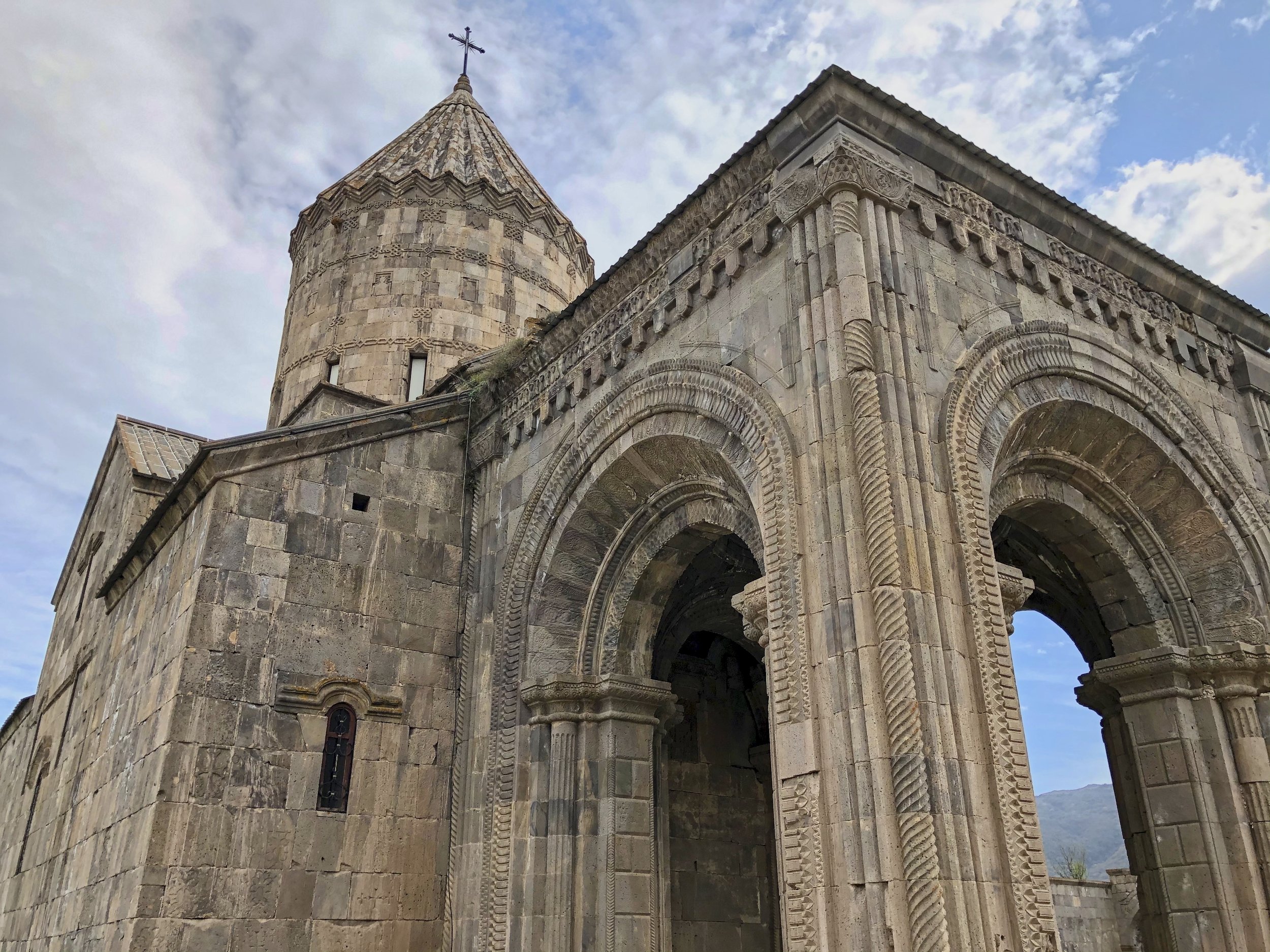
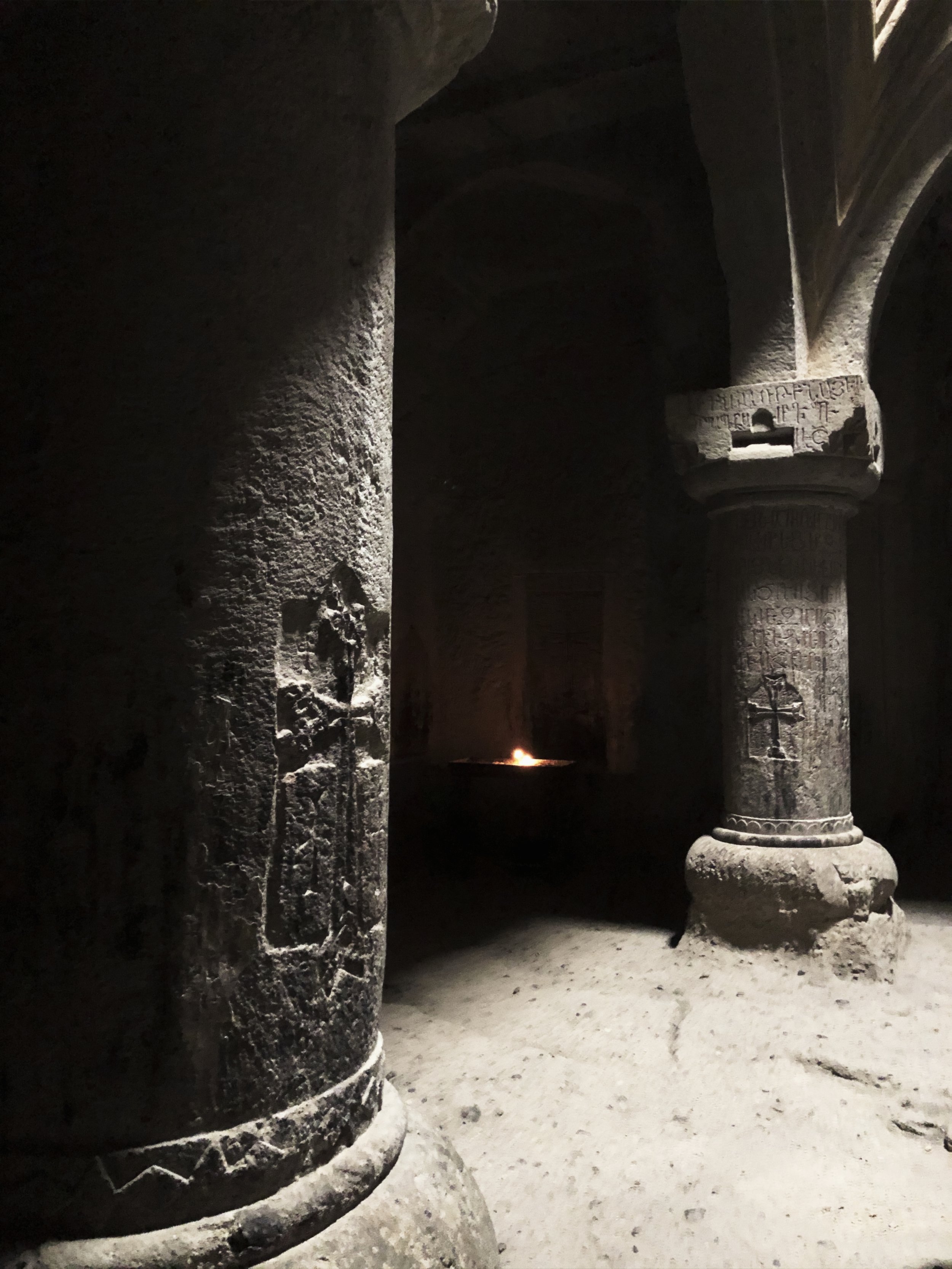
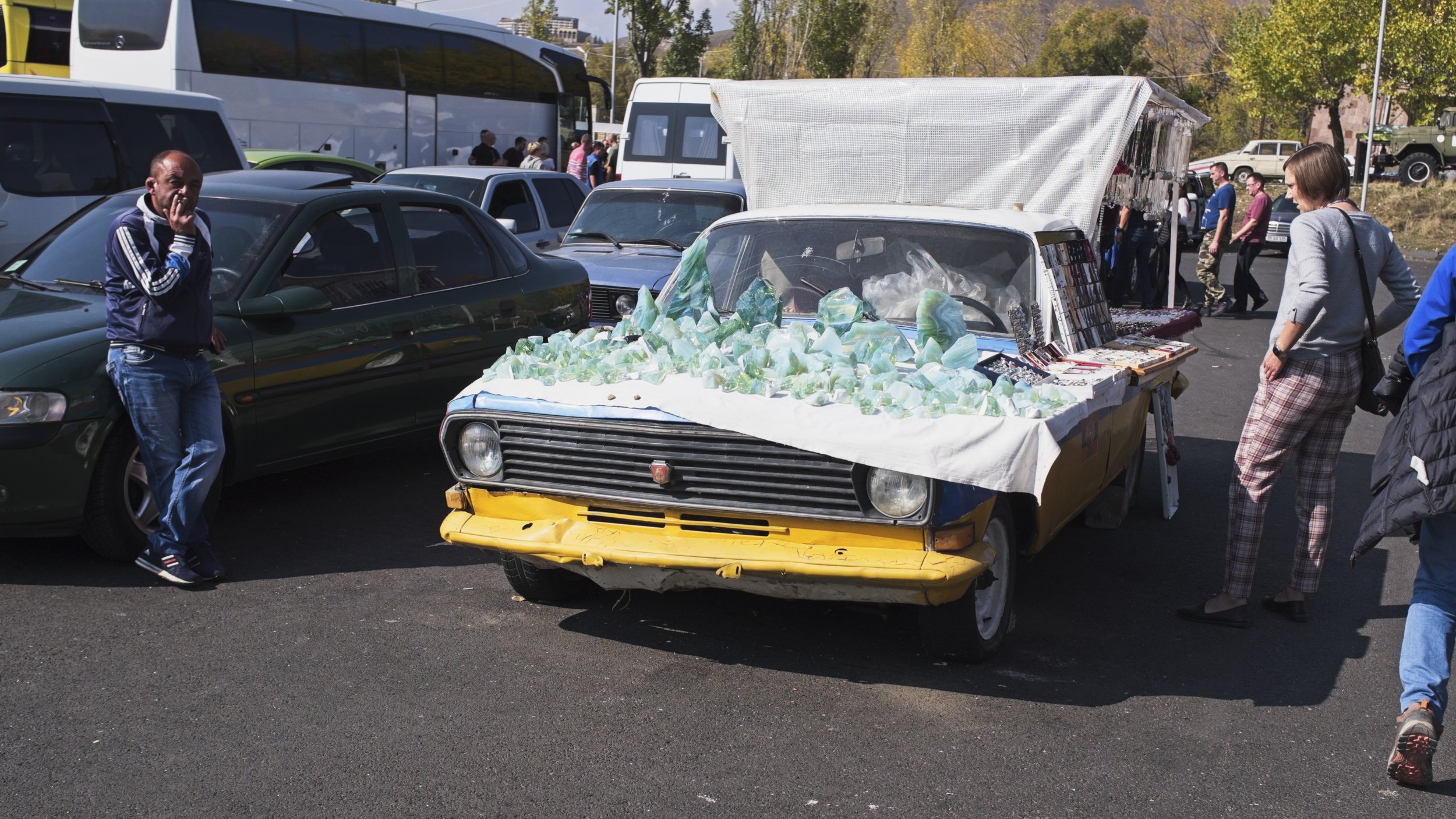
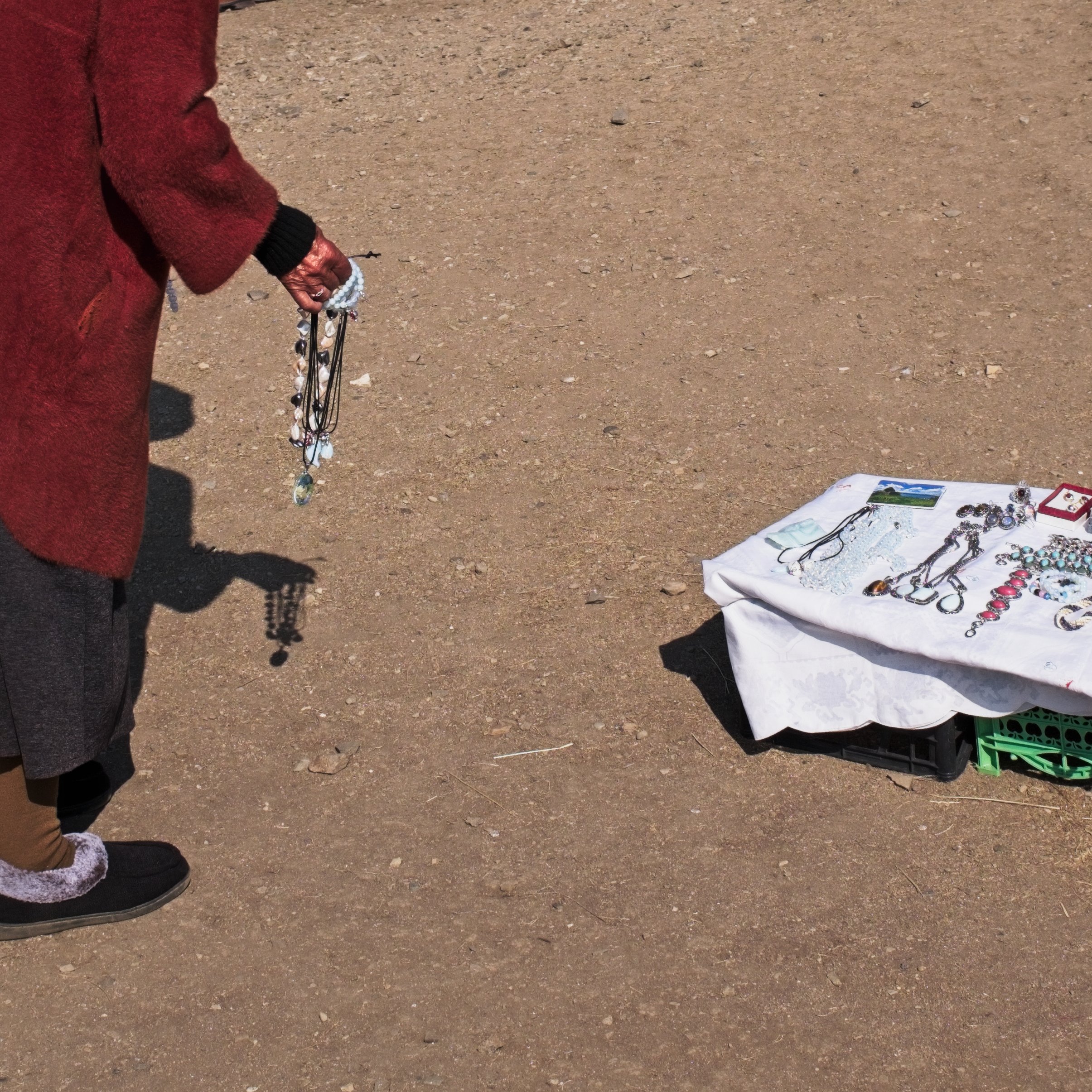
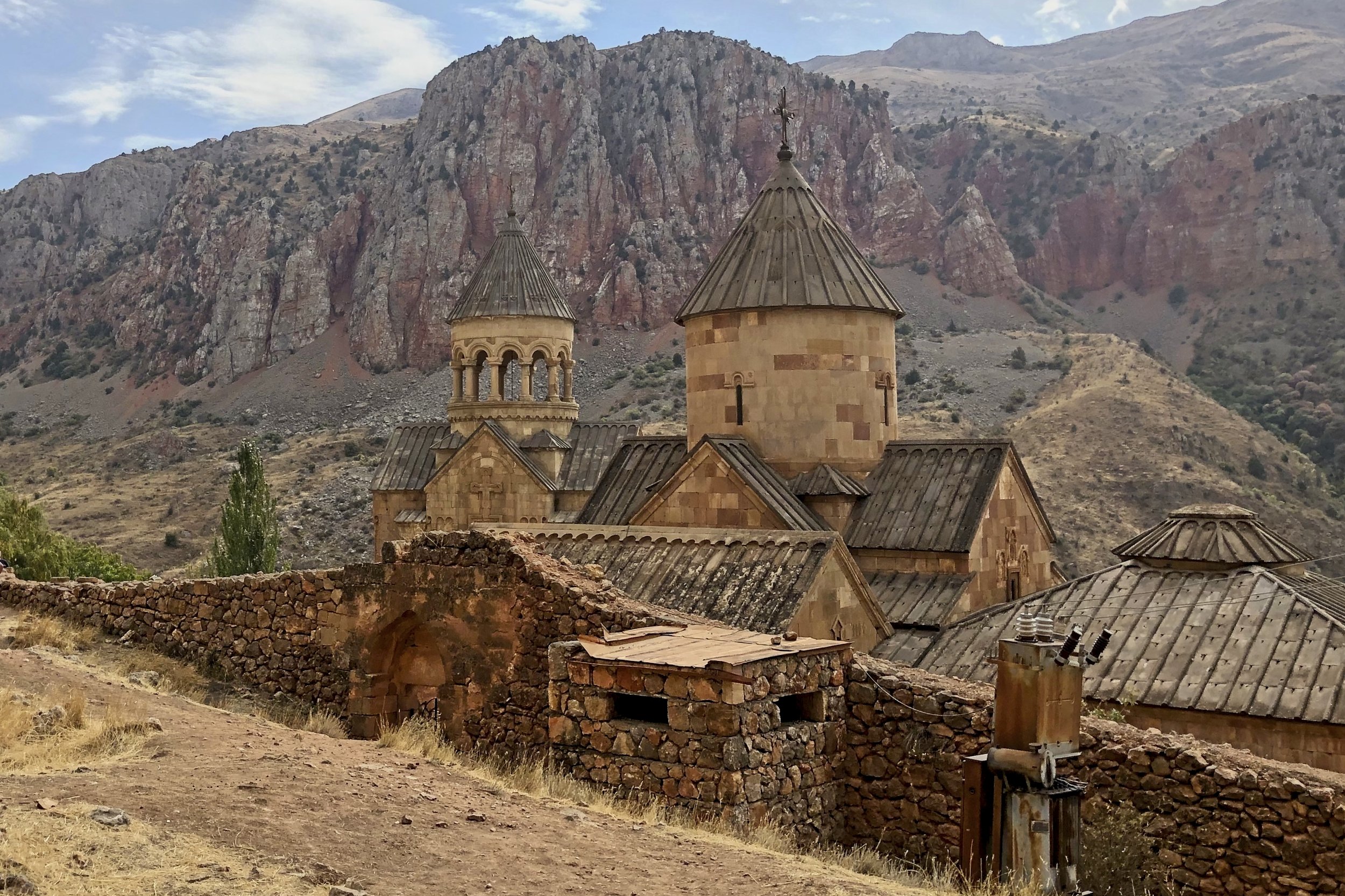
Roland — an ethnographer, historian, guide, and above all, a passionate patriot — says Armenia is where everything began. I’m convinced that thanks to people like him, and other prominent Armenians like Charles Aznavour, Gerard Cafesjian, or Cher, the identity of this beautiful country will endure for centuries…to the rhythm of jazz, which Armenians love so dearly.
This is Armenia - as I see it.
Beyond My Scale
While visiting Cambodia, I was drawn to Tonle Sap—the largest freshwater lake in Southeast Asia. From a calm boat ride, I soon entered a surreal floating world: homes, schools, and shops on water, with smiling children playing in the lake. As a European, it felt foreign, but beautiful. Their values differ from mine—but kindness and joy need no translation. Everyone has their place. This experience deeply expanded mine.
Floating Village, Tonle Sap, Cambodia, December 2024
Looking at a map of Cambodia, it’s impossible to miss the vast patch of water in its center. That’s Tonle Sap Lake – the largest freshwater reservoir in Southeast Asia. I grew up near a lake, in the countryside, so I couldn’t resist the urge to visit this “beating heart of Cambodia,” as the guidebook poetically described it.
Apart from the steady hum of the engine, everything at first seemed dreamily calm. Muddy yellow water, blue boats, narrow canals lined with reeds. Here and there, children waved from the shore. But soon, the landscape began to shift. We entered a floating world.
Houses on the water. A church on the water. Dogs barking from the roofs of boats. Chickens on rafts. A shop with shelves swaying with every wave. Children playing football… in the water. In the dry season, these homes must be three stories high. Here, people have made the water their home—literally.





I watched from the boat, trying to grasp this reality. For a European, it feels almost abstract. I found myself judging—sadly, anxiously. But in truth, I have no right. That’s just my internalized value system, one that measures well-being in square meters and wall sockets. They use a different scale. I don’t know what it is—but the children are smiling, and the people are kind. That’s enough. I don’t do politics.
Each of us has our place. That’s how the world is arranged.
I’m grateful for this experience—and I encourage everyone to keep expanding their own scale toward tolerance, sensitivity, and understanding.




